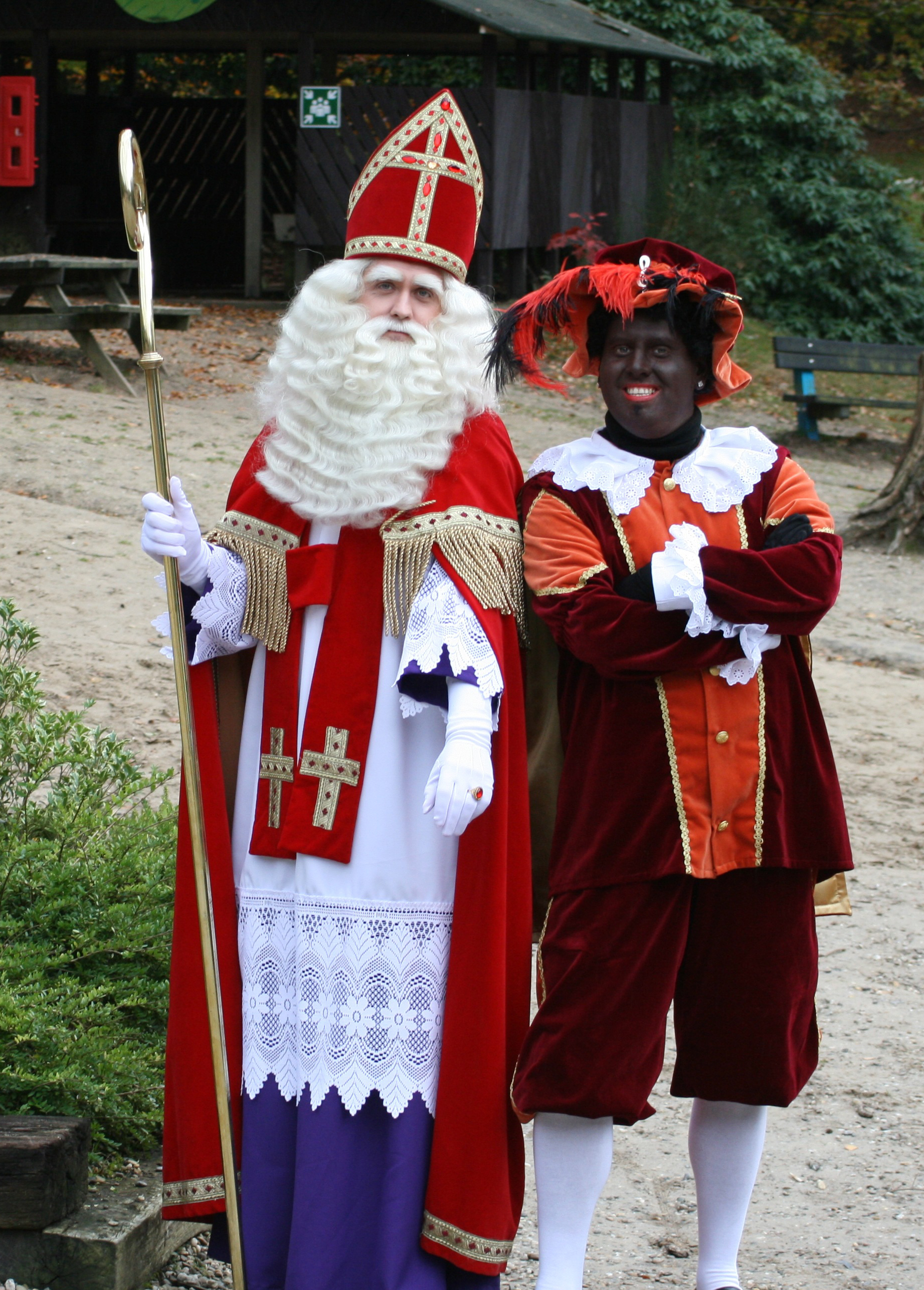It's time now for the last of my holiday beer recipes: Pink Nightmare cranberry wheat, Grandma Dot's Bock, and Old Titan spiced honey porter.
Grandma Dot's Bock
GDB was my very first holiday beer, and the 11th beer I'd ever brewed. I brewed it because I'd recently found out from my mom that her grandmother, Leora "Dot" Blaine, had homebrewed bock beer, presumably during Prohibition. Sadly, I don't have her recipe.
Bock beers are German lagers, and actually cover a range of beers, that generally tend to be stronger, heavier, and less hoppy than pilsners:
helles, light-colored bock;
dunkel, dark-colored bock;
doppel, double-bock (which is what GDB is); and weiss, bock with wheat.
Lagers can be a nuisance for the homebrewer, since they're supposed to, well,
lager, meaning, age for several weeks around 55F, which is a difficult temperature to achieve. Refrigerators top out at around 45F. Enterprising brewers will install an electrical cut-off attached to a thermometer that turns off the power to the fridge if they go below 55, but that generally makes the refrigerator useless for anything else (and very few of us have the luxury of a dedicated lagering fridge, much less a proper German lagering cave). After several years of bottles that were overcarbonated, or outright exploded, because I tried to lager them in the fridge and they were under-fermented when they went into the bottle (and therefore overfermented in the bottle), I decided just to rely on San Francisco's naturally cool temperatures to do my lagering, and let the yeast deal with it. So far, the results have been pretty good.
Malt:
5.5 lbs German Vienna
3 lbs German Munich
1 lb caramunich
0.5 lb carapils
0.5 lb wheat malt
0.5 lb English brown malt
Hops:
2 oz. Perle @ 7.1% AA 60 min
1 oz. Hallertauer Hersbrucker @ 4.0% AA 20 min
1 oz. Hallertauer Hersbrucker @ 4.0% AA 5 min
Yeast: White Labs German Bock Yeast WLP 833
Allow 4 weeks in secondary.
Old Titan
Old Titan spiced honey porter was my second holiday beer and the twelfth batch overall. The malt bill changes very little over the years, but I'm still trying to find just that right mix of spices for the infusion.
The name "Old Titan" comes from a story that I used to tell to amuse and confuse my Latin students, back when I taught high school Latin, as follows. (Most of it is true; see if you can determine where it veers off the rails...)
In Roman mythology, Saturn was the king of the Titans, powerful giants who werethe parents of the gods. The
Saturnalia, which began on 17 December andlasted for a nine-day Roman week until the winter solstice on 25 December, wasthe forerunner of the modern Christmas. The Romans celebrated
Saturnaliaby feasting, exchanging gifts, and decorating their homes with lights andevergreen boughs. And Saturn himself, depicted as an old man with a long whitebeard, dressed in robes and
pilus (the peaked freedman’s cap), andcarrying a
cornucopia filled with the gifts of the earth, is the sourceof our modern “Santa Claus” (whose name comes from
Saturnuculus, meaning“Little Saturn” or “Uncle Saturn”).
Malt:
9 lbs British 2-row
1 lb 80L British crystal
0.5 lb Special B
0.5 lb English brown
0.5 lb carafa
Other fermentables: 2 lbs honey during boil.
Hops:
1 oz East Kent Goldings @ 5.6% AA 60 min
0.5 oz East Kent Goldings @ 5.6% AA 20 min
0.5 oz East Kent Goldings@ 5.6% AA 5 min
Yeast: White Labs Dry English Ale WLP 007
Infusion: To 4 oz house vodka, add 1 cinnamon stick, 6 cloves and 6 allspice berries (rushed), 1/4 tsp fresh nutmeg, 1/2 tsp fresh-grated ginger. Steep 1 week, then add to secondary.
Pink Nightmare
Fruit beers are always tricky, because the fruit will have some residual wild yeast in it, and you never know how that will behave. It's also hard to get rid of. If you try to freeze it, it will just go to sleep. Boil it, and the pectin in your fruit will set and you'll get jelly instead of beer. The second time that I made this (and the first year it was called "Pink Nightmare;" the original batch was "Solstice Celebration," the name that would ultimately go to my barleywine), it literally
exploded out of the fermenter, spewing fist-sized globs of what looked like strawberry moose 4 feet up the walls of the "beer closet." Nowadays, I usually puree the cranberries, microwave them for about 5 minutes, pour partially chilled wort (~120F) over them, and then hope for the best (which usually means replacing the airlock with a blow-off tube and cleaning up a moderate-sized mess.
(The name comes from the movie A Christmas Story, when Ralphie's father, seeing him in the bunny jammies his aunt sent him, pronounced that he looked like "a pink nightmare.")
Malt:
5 lbs Weyerman pils
4.5 lbs white wheat malt
0.75 lb oats
0.5 lb carapils
0.25 lb honey (asidulated) malt
0.5 lb rice hulls
Hops:
1 oz Styrian Goldings @ 5.0% AA 60 min
0.5 oz Spaltz @ 3.2% AA 20 min
0.5 oz. Spaltz @ 3.2% AA 5 min
Yeast: Belgian Wit WLP 400
Fruit: 1.5 lbs fresh cranberries, blended 6 oz at a time with 1/3 cup of water each until pureed. Microwave 5 min. Add to 120F wort, let stand 10 min before topping fermenter with water and pitching yeast. Recommend using a blow-off tube.
Infusion: In 4 oz house vodka, soak 1/4 oz curcao orange peel, 1/2 tsp ground corriander, 8 cloves crushed, for 1 week, then add to secondary.





























